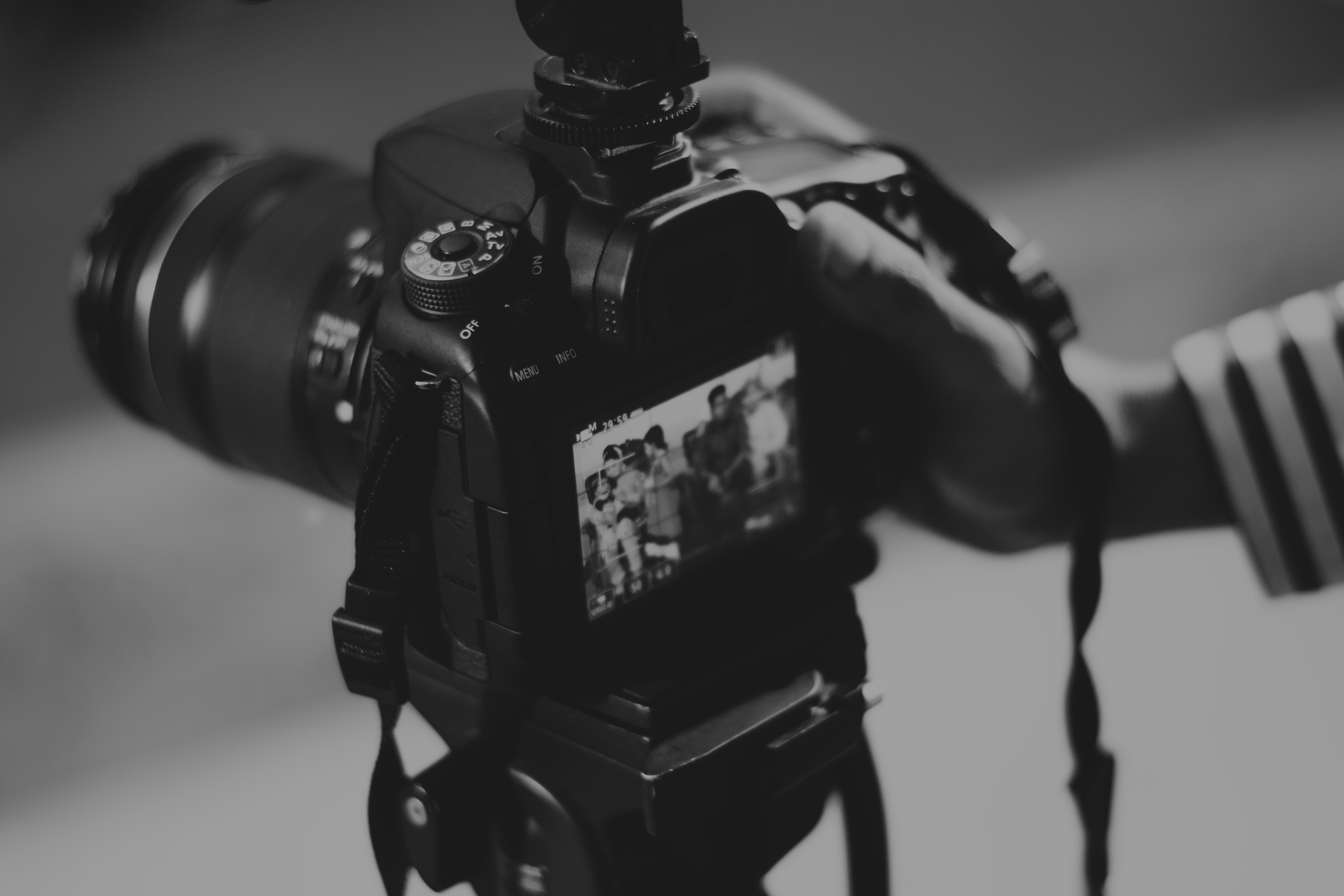Views expressed in opinion columns are the author’s own.
In March, when viewers sit through the long Academy Awards broadcast, most will have their eyes on a few marquee trophies. It’s natural that we remember acting performances most vividly and maybe have a film in mind for Best Picture. But there are other categories worth paying attention to, especially this year.
For the first time in its 90-year history, the Academy of Motion Picture Arts and Sciences has nominated a woman for the Best Cinematography award. Rachel Morrison, who shot Mudbound, deserves our praise and our attention. The technical award may not seem important, but ignoring cinematography has allowed sexist conventions to remain unchallenged in American cinema for far too long.
[Read more: ‘Baby Driver’s’ poor treatment of women is all too familiar]
In the words of The Harvard Crimson, a cinematographer is someone who “makes every creative choice related to composition, lighting, and camera motion — anything that audiences can see in a given shot.” They make the call about whether a woman sits in shadow or in light. Whether we gratuitously pan up her bare leg or cut to her face. Whether the focus is her body or her words. In short, cinematographers decide how we see women on screen.
But this critical role has historically been surrounded by sexist exclusion. The American Society of Cinematographers was founded in 1919, but it didn’t admit a woman for 61 years. Even by 2017, only 7 percent of its members were women.
It doesn’t help that the term “cameraman” is one of the most pervasive, gendered occupation titles out there. The number of women who were able to overcome systemic barriers and become cinematographers is low, but that is no excuse for not honoring the great work they have done.
The list of women doing praiseworthy cinematography today is too long to include here, but I will mention a few. Mandy Walker, who shot Hidden Figures, described shooting Taraji P. Henson’s character as “a jewel in a sea of white men.” She explained that later in the film “the women become more empowered and we raise the camera higher to subconsciously create the visual to the viewer that everyone is equal.”
Charlotte Bruus Christensen, who shot Fences, said, “I don’t just put a light there to make you look pretty. I put a light there to support the words.” Ellen Kuras, who shot Eternal Sunshine of the Spotless Mind, compares her style to poetry, where she can “leave all the doors open and try to make it an expressive piece in service of the narrative.” These women are doing award-worthy filmmaking that also honors its female characters.
It’s true that women cinematographers are only one piece of the puzzle when it comes to challenging the male gaze. Gender in film goes deeper than pure images — it touches the very nature of the story and the agency of its characters. But at the most visceral level, the male gaze acts as a “mode of looking.” Challenging patriarchal filmmaking takes more than a female protagonist, because the way we see that protagonist, shot by shot, must also be carefully considered.
Just as column inches are deservedly devoted to well-written women on the screen, we must also talk about who is holding the camera. This year, Morrison’s work has already made history and may continue to do so. We must celebrate the work of female cinematographers like Morrison and force the industry to become more inclusive. Movies are not just stories we tell with language — they are also alive with image and movement. The women who make this magic deserve to have their names called.
Jack Lewis is a senior government and politics major. He can be reached at jlewis20@umd.edu



